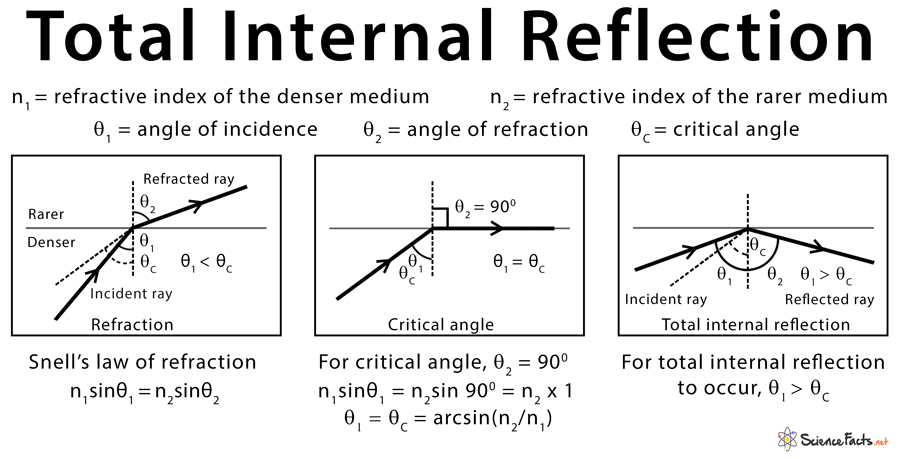
(For proof, see at the end of this section.) Such an object is called a corner reflector, since the light bounces from its inside corner. This is true whenever the reflecting surfaces are perpendicular, and it is independent of the angle of incidence. Corner Reflectors (Retroreflectors)Ī light ray that strikes an object consisting of two mutually perpendicular reflecting surfaces is reflected back exactly parallel to the direction from which it came ( Figure 1.9). The image appears to be behind the mirror at the same distance away as (b) if you were looking at your twin directly, with no mirror. The two rays shown are those that strike the mirror at just the correct angles to be reflected into the eyes of the person. The precise manner in which images are formed by mirrors and lenses is discussed in an upcoming chapter on Geometric Optics and Image Formation.įigure 1.8 (a) Your image in a mirror is behind the mirror. Mirror images can be photographed and videotaped by instruments and look just as they do with our eyes (which are optical instruments themselves).

Although these mirror images make objects appear to be where they cannot be (like behind a solid wall), the images are not figments of your imagination.

If the mirror is on the wall of a room, the images in it are all behind the mirror, which can make the room seem bigger. The angles are such that the image is exactly the same distance behind the mirror as you stand in front of the mirror. We see the light coming from a direction determined by the law of reflection. When you see yourself in a mirror, it appears that the image is actually behind the mirror ( Figure 1.8).

(credit c: modification of work by Diego Torres Silvestre) (c) Moonlight is spread out when it is reflected by the lake, because the surface is shiny but uneven. Only the observer at a particular angle sees the reflected light. (b) A mirror illuminated by many parallel rays reflects them in only one direction, because its surface is very smooth. Figure 1.7 (a) When a sheet of paper is illuminated with many parallel incident rays, it can be seen at many different angles, because its surface is rough and diffuses the light.


 0 kommentar(er)
0 kommentar(er)
